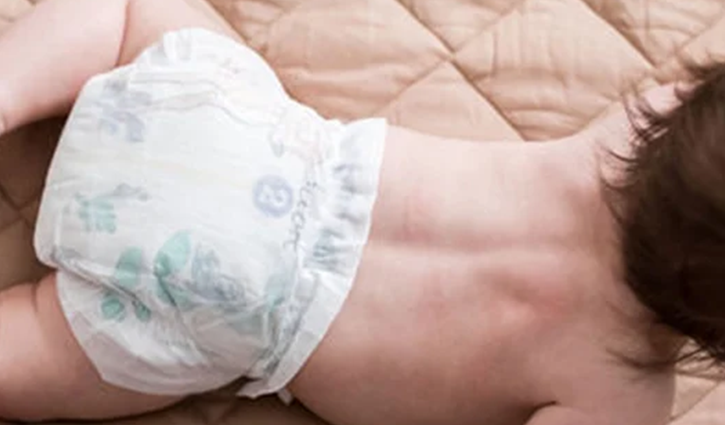Why does my baby twitch in her sleep? Babies are known to twitch in their sleep, leaving parents wondering if it is normal or a cause for concern. While it may be alarming to see your little one twitching, it is generally considered a normal phenomenon. Twitching is a common occurrence during infancy and is often a sign of a developing nervous system.
According to experts, twitching during sleep is most common from birth to three years of age. It is believed that these movements are linked to sensorimotor development and can help teach newborns about their limbs and what they can do with them. As babies grow and develop, these movements become more natural and less twitchy. However, in some cases, twitching can be a sign of an underlying medical condition, such as infantile spasms or seizures. It is important to be aware of the signs and symptoms of these conditions and seek medical attention if necessary.
Understanding Baby Twitches in Sleep
Babies twitch in their sleep for various reasons, and it is a common occurrence among newborns. It is normal for babies to twitch, jerk, or move their arms, legs, or fingers while sleeping. This happens because their nervous system is still developing, and they are learning how to control their movements.
One of the most common types of baby twitching in sleep is sleep myoclonus, also known as benign neonatal sleep myoclonus. This is a harmless condition in which the baby experiences involuntary muscle movements during sleep. These movements can be jerky and sudden, and they usually occur in the arms, legs, or face.
According to research, baby twitching in sleep is linked to sensorimotor development. When a baby twitches, it activates circuits in the developing brain, which teaches the baby about their limbs and what they can do with them. This is why twitching is most common in newborns and decreases as they grow older.
Parents should not worry too much about baby twitching in sleep, as it is usually harmless and goes away on its own. However, if the twitching is severe or accompanied by other symptoms, such as fever or vomiting, it is important to consult a doctor.
In conclusion, baby twitching in sleep is a normal and common occurrence among newborns. It is usually harmless and linked to sensorimotor development. Parents should not worry too much about it, but it is important to consult a doctor if the twitching is severe or accompanied by other symptoms.
The Science Behind Baby Twitches

Babies are known for their adorable, yet sometimes unusual, movements during sleep. One of these movements is twitching. Twitching is an involuntary movement that can occur during sleep or wakefulness. In babies, twitching during sleep is common and usually not a cause for concern. However, what causes these twitches?
The brain plays a crucial role in regulating body movements. During sleep, the brain goes through different stages, each with its unique characteristics. One of these stages is called REM (Rapid Eye Movement) sleep, during which the brain is highly active, and the body becomes almost paralyzed. However, during REM sleep, the brain sends signals to the muscles that cause them to twitch.
Twitching during sleep is a type of myoclonus, which is an involuntary muscle movement caused by sudden contractions or relaxations of a muscle or group of muscles. In babies, twitching during sleep can be caused by positive myoclonus, which is caused by sudden muscle contractions, or negative myoclonus, caused by muscle relaxation.
Sensorimotor development is another factor that can contribute to baby twitching during sleep. When a baby twitches during sleep, it is activating circuits throughout the developing brain and teaching newborns about their limbs and what they can do with them. This process is crucial for the development of motor skills and the nervous system.
In rare cases, twitching during sleep can be a sign of a nervous system disorder. However, if the twitching is occasional and not accompanied by other symptoms, it is usually not a cause for concern. Parents should consult a doctor if they are concerned about their baby’s twitching during sleep.
Types of Baby Twitches

Babies are known to twitch in their sleep, and it is important to understand the different types of twitches to determine if they are normal or require medical attention. Here are some common types of baby twitches:
Sleep Myoclonus
Sleep myoclonus is a common type of twitching that occurs during sleep. It is characterized by sudden, brief muscle contractions that can occur in any part of the body, including the arms, legs, and neck. These twitches are usually harmless and do not require medical attention.
Benign Neonatal Sleep Myoclonus
Benign neonatal sleep myoclonus is a type of sleep myoclonus that occurs in newborns. It is characterized by involuntary muscle jerks during sleep, usually in the arms, legs, or core. These twitches are usually symmetrical and involve muscle groups on both sides of the body. This type of twitching is also harmless and does not require medical attention.
Infantile Spasms
Infantile spasms are a type of seizure that can occur in babies. They are characterized by sudden, jerking movements of the arms, legs, or head. These spasms usually occur in clusters and can be accompanied by other symptoms such as a change in breathing patterns or a change in consciousness. Infantile spasms require medical attention and can be a sign of a more serious underlying condition.
Neck Twitches
Neck twitches are another type of twitching that can occur in babies. They are characterized by sudden, involuntary movements of the neck muscles. These twitches can be caused by a variety of factors, including stress, fatigue, or an underlying medical condition. In most cases, neck twitches are harmless and do not require medical attention.
In summary, there are several types of baby twitches, and it is important to understand the differences between them to determine if they require medical attention. Sleep myoclonus and benign neonatal sleep myoclonus are usually harmless, while infantile spasms require medical attention. Neck twitches can be caused by a variety of factors and are usually harmless.
Common Causes of Baby Twitches
Baby twitching in sleep is a common occurrence, and there are several reasons why babies may twitch during their sleep. Here are some of the most common causes of baby twitches:
Immature Nervous System
In newborns, the nervous system is still developing, and the brain is still learning how to control the body’s movements. As a result, it’s not uncommon for babies to twitch during sleep, especially during the REM (rapid eye movement) phase of sleep.
Hiccups
Hiccups are another common cause of baby twitches. Hiccups are involuntary contractions of the diaphragm muscle, and they can occur at any time, including during sleep. Hiccups are usually harmless and will go away on their own.
Benign Neonatal Sleep Myoclonus
Babies who suffer from benign newborn sleep myoclonus have uncontrollable muscle jerks when dozing off. These symmetrical movements, which typically involve muscular groups on both sides of the body, most frequently involve the arms, legs, or core. This condition is usually harmless and will go away on its own.
Stress and Triggers
Babies can also twitch in response to stress or triggers, such as loud noises, bright lights, or sudden movements. If your baby is twitching in response to a trigger, try to identify the trigger and remove it from the environment.
Infections
In rare cases, baby twitches can be a sign of an underlying infection, such as meningitis or encephalitis. If your baby has other symptoms, such as a fever or lethargy, contact your pediatrician immediately.
Neurodevelopmental Disorders
In some cases, baby twitches can be a sign of a neurodevelopmental disorder, such as cerebral palsy or epilepsy. If you notice other symptoms, such as delays in reaching developmental milestones or seizures, contact your pediatrician immediately.
Metabolic Conditions
In rare cases, baby twitches can be a sign of a metabolic condition, such as hypoglycemia or hyperthyroidism. If your baby has other symptoms, such as poor feeding or lethargy, contact your pediatrician immediately.
Stimulants and Nicotine
Stimulants, such as caffeine, and nicotine can also cause baby twitches. If you are breastfeeding, try to avoid these substances, as they can pass through breast milk to your baby.
Overall, baby twitches during sleep are usually harmless and will go away on their own. However, if you notice other symptoms or are concerned about your baby’s twitching, contact your pediatrician for advice.
Signs and Symptoms of Abnormal Twitches
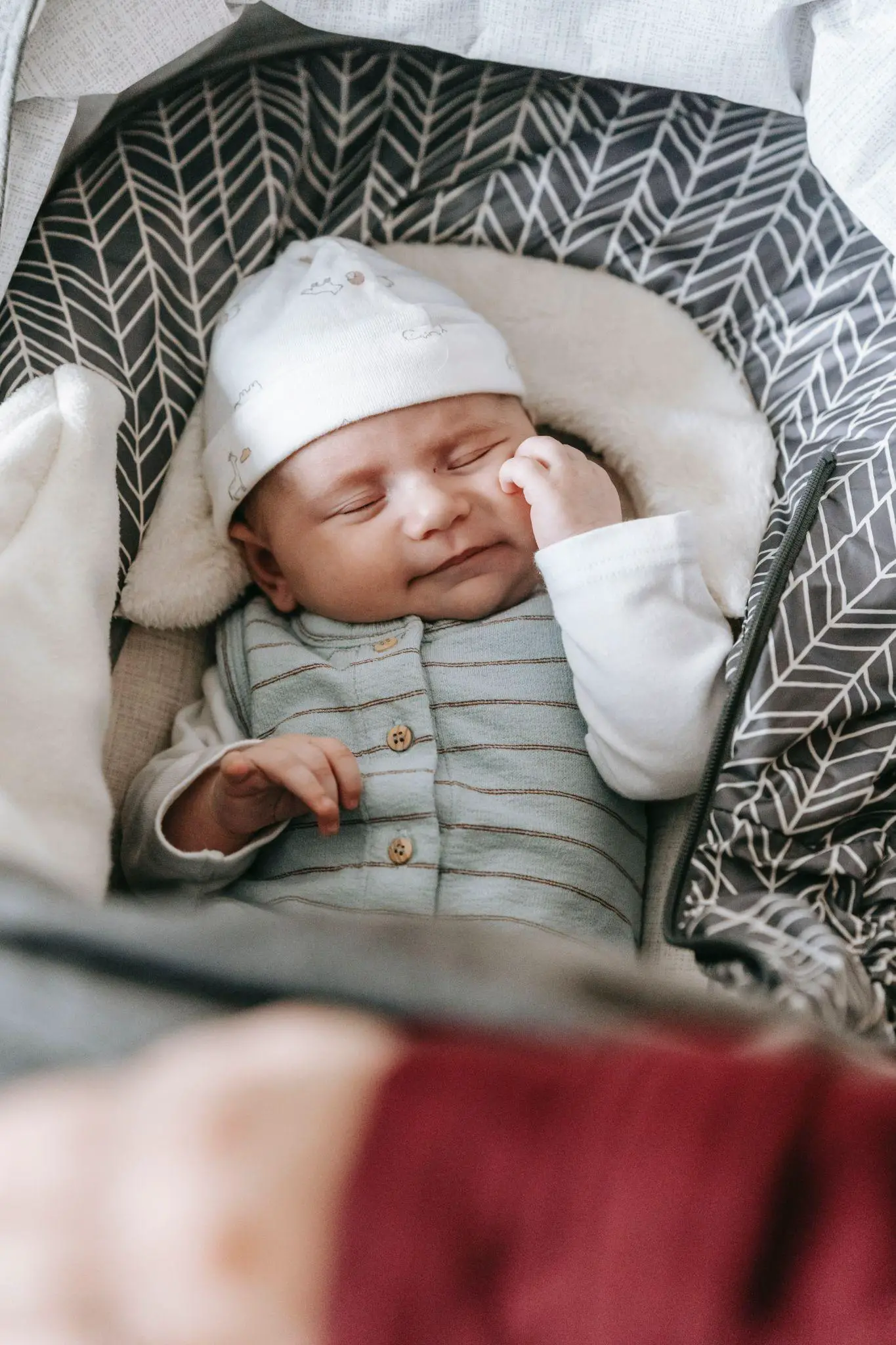
Babies are known to twitch or jerk in their sleep, which is often a normal part of their development. However, in some cases, these twitches can be a sign of a more serious underlying condition. Here are some signs and symptoms of abnormal twitches that parents should watch out for:
- Clustered Twitches: If a baby experiences twitches in a cluster or series, it may be a sign of infantile spasms, a rare form of epilepsy that affects babies under 12 months old. These spasms can cause the baby’s arms and legs to stiffen and bend, and their eyes may roll back.
- Convulsions or Falling: If a baby’s twitches are accompanied by convulsions or falling, it may be a sign of a seizure disorder. In this case, it is important to seek medical attention immediately.
- Change in Awareness: If a baby’s twitches are accompanied by a change in awareness or consciousness, it may be a sign of a neurological disorder. In this case, parents should seek medical attention as soon as possible.
- Sensations: If a baby’s twitches are accompanied by unusual sensations such as tingling or numbness, it may be a sign of a neurological disorder.
- Anxiety: If a baby’s twitches are causing them to become anxious or distressed, it may be a sign of an underlying condition.
- Timing: If a baby’s twitches occur at a specific time, such as during feeding or when they are falling asleep, it may be a sign of an underlying condition.
- Moro Reflex: If a baby’s twitches are accompanied by the Moro reflex, which is a startle reflex that causes the baby to throw their arms out and then bring them back to their body, it may be a sign of an underlying condition.
It is important to note that not all twitches are abnormal, and some babies may twitch more than others. However, if parents are concerned about their baby’s twitches, they should seek medical attention to rule out any underlying conditions. A doctor can perform a thorough examination and diagnosis to determine the cause of the twitches and provide appropriate treatment.
Baby Twitches and Sleep Stages
Babies twitching in their sleep is a common phenomenon that can be observed in newborns and young infants. These twitches are often associated with different stages of sleep, including REM sleep, hypnagogic sleep, and sleep starts.
Babies may suffer positive myoclonus, or myoclonic twitches brought on by rapid muscle contractions, during REM sleep, the stage of sleep where dreams take place. These twitches can be observed in various parts of the body, such as the arms, legs, and face.
In hypnagogic sleep, which is the transitional stage between wakefulness and sleep, babies may experience hypnic jerks or sleep starts. These are involuntary muscle contractions that can occur when the baby is falling asleep. They are often accompanied by a feeling of falling or a sudden jolt, which can be alarming for parents.
It is believed that these twitches and jerks are a normal part of the development of the nervous system in infants. As the baby grows and develops, these movements become more natural and less frequent.
Parents should not be overly concerned if they observe their baby twitching or jerking in their sleep. However, if the twitches or jerks are accompanied by other symptoms, such as crying or difficulty breathing, it is important to consult a pediatrician to rule out any underlying medical conditions.
When to Consult a Pediatrician
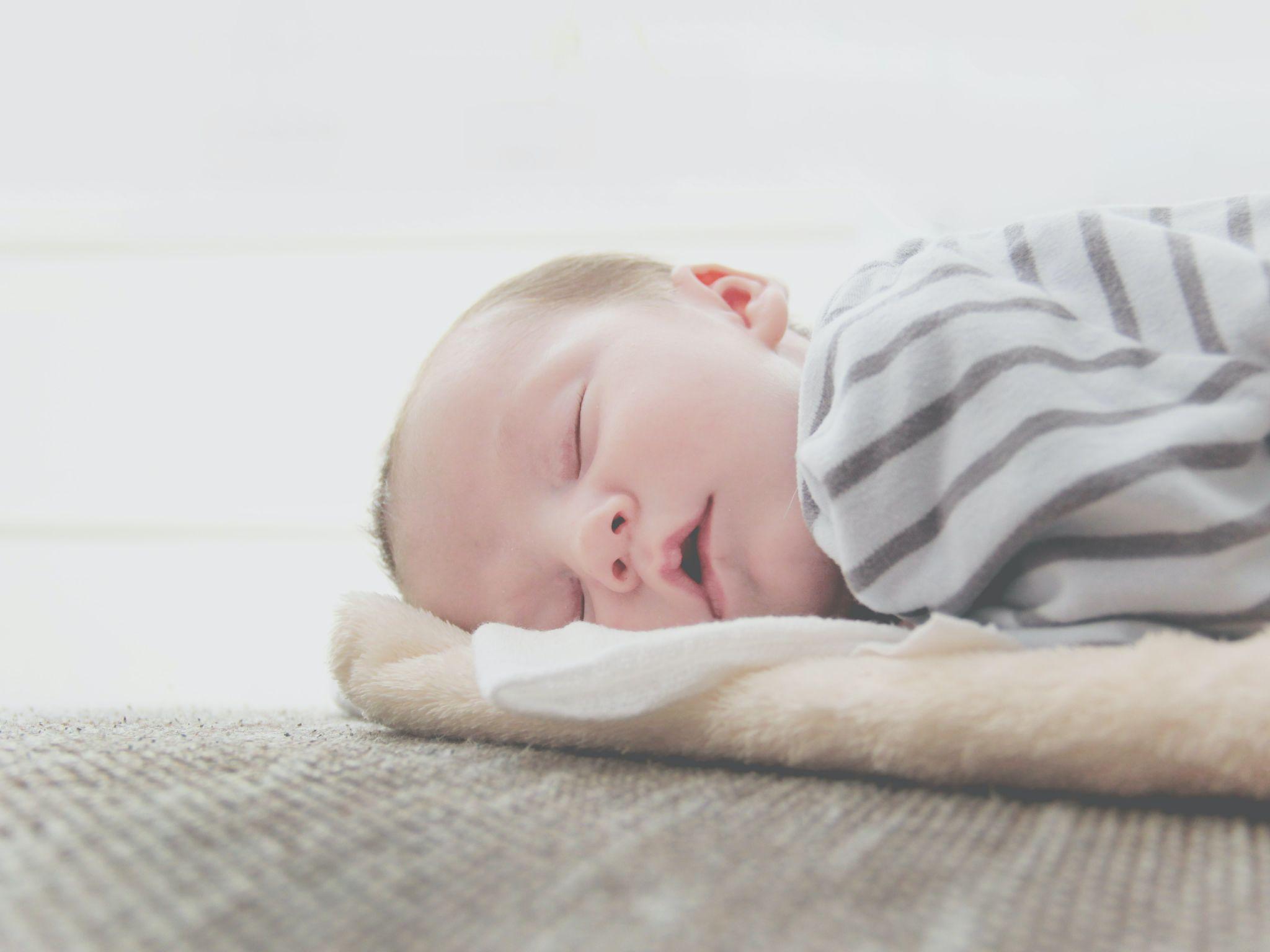
While twitching in a baby’s sleep is often normal and harmless, there are some cases where it may be a sign of an underlying medical condition. If parents notice excessive or frequent twitching, it may be time to consult a pediatrician.
According to the Mayo Clinic, parents should seek medical attention if their baby’s twitching is accompanied by any of the following symptoms:
- Excessive crying
- Difficulty breathing
- Fevers
- Poor feeding or lack of appetite
- Lethargy or excessive sleepiness
- Delayed development or lack of motor skills
- Seizures
In some cases, twitching may be a sign of infantile spasms, a rare and serious form of epilepsy that requires immediate medical attention. The Cleveland Clinic advises parents to seek medical attention if their baby experiences any of the following symptoms:
- Sudden, repeated jerking movements of the arms, legs, or body
- Stiffening or arching of the back
- Loss of consciousness or altered awareness
- Regression in developmental milestones
If parents are unsure if their baby’s twitching is normal or not, they should consult their pediatrician for guidance. A pediatrician can help determine if the twitching is a sign of an underlying medical condition or if it is simply a normal part of a baby’s development.
Overall, while twitching in a baby’s sleep is often normal, it is important for parents to be aware of any accompanying symptoms and to seek medical attention if they are concerned. A pediatrician can provide guidance and support to ensure a baby’s health and well-being.
Treatment Options for Baby Twitches
If a baby’s twitching in sleep is caused by a serious condition such as infantile spasms or West syndrome, treatment will depend on the underlying cause. However, for most cases of benign sleep myoclonus of infancy, treatment is not necessary as the condition usually resolves on its own by two to six months of age.
If the twitching is causing concern for the parents or caregivers, they can try the following tips to help reduce the frequency or severity of the twitches:
- Ensure the baby is getting enough sleep and is not overtired or overstimulated.
- Make sure the baby is comfortable and not too hot or cold.
- Use a firm and flat sleep surface, such as a crib or bassinet, without any soft bedding or pillows.
- Avoid exposing the baby to bright lights or loud noises before bedtime.
- Consider swaddling the baby to help them feel secure and prevent sudden movements.
For cases of periodic limb movement disorder, treatment may involve medication to help reduce the frequency and severity of the movements.
It is important to note that parents and caregivers should never attempt to treat infantile spasms or other serious conditions on their own. These conditions require medical attention and treatment from a healthcare professional.
Overall, while baby twitching in sleep can be concerning for parents and caregivers, in most cases it is a benign and self-resolving condition that does not require treatment. However, if the twitching is causing concern, parents and caregivers can try the above tips to help reduce the frequency or severity of the twitches.
Baby Twitches as Part of Development
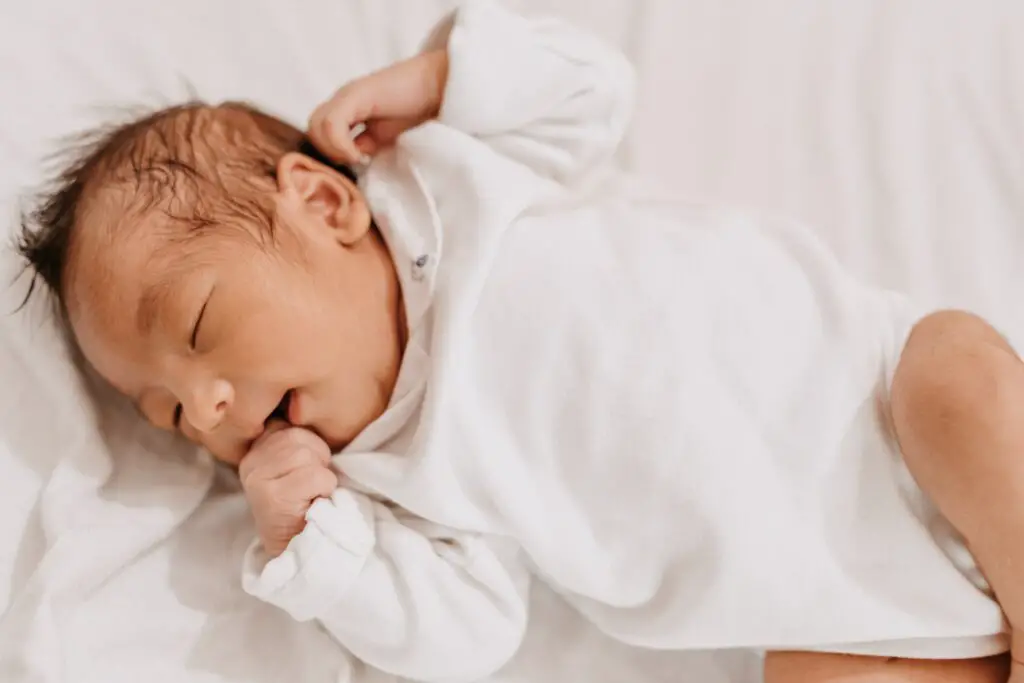
It’s common for parents to observe their newborns twitching or jerking in their sleep. This phenomenon is entirely normal and often part of their development. According to researchers, these movements are linked to sensorimotor development, which means that when the sleeping body twitches, it activates circuits throughout the developing brain and teaches newborns about their limbs and what they can do with them.
The Moro reflex, also known as the startle reflex, is an automatic response to a sense of falling or a sudden change in sensory stimuli. Babies typically exhibit this reflex during their first few months of life. When a baby experiences this reflex, they may throw their arms and legs out and then pull them back in. This reflex helps the baby learn how to control their movements and develop better motor skills.
As babies develop and reach their developmental milestones, their muscle contractions become more coordinated, and their movements become less jerky and more fluid. Fine motor skills, such as grasping and reaching, develop gradually over time. Twitching during sleep can indicate that a baby is going through a growth spurt or developing new skills.
It’s worth noting that adults can also experience twitching during sleep, and it’s often related to stress or anxiety. Relaxation techniques, such as deep breathing or meditation, can help reduce these involuntary movements. However, in newborns, twitching during sleep is entirely normal and a sign of a developing brain.
Research on Baby Twitches
Research has been conducted to understand why babies twitch in their sleep. Mark Blumberg, a professor in the Department of Psychological and Brain Sciences at the University of Iowa, has been studying infant twitching movements during rapid eye movement (REM) sleep for years.
Blumberg and his team believe that these muscle twitches, also known as myoclonic twitches, are linked to sensorimotor development in babies. The twitching during sleep activates circuits throughout the developing brain, teaching newborns about their limbs and what they can do with them.
In fact, some experts now think that these myoclonic twitches aid in the development of coordinated movements in neonates. There are two types of sleep twitches: benign neonatal sleep myoclonus and periodic limb movements.
During sleep, infants with benign neonatal sleep myoclonus exhibit pronounced involuntary muscular jerks. The arms, legs, or core are where these movements typically take place. They might appear in the face less frequently. In myoclonus of benign newborn sleep, myoclonic jerks frequently include symmetrical muscle groups on opposite sides of the body.
Blumberg and his team have found that these twitches contribute to babies’ ability to coordinate their bodily movements. This is because when the sleeping body twitches, it activates circuits throughout the developing brain, teaching newborns about their limbs and what they can do with them.
Conclusion
In conclusion, twitching during sleep is a common phenomenon in babies, and it is usually not a cause for concern. Most babies will outgrow this condition within their first few months of life. However, if the twitching is severe or accompanied by other symptoms, it may be a sign of an underlying medical condition that requires medical attention.
Parents should observe their baby’s twitching behavior and consult a pediatrician if they have any concerns. It is essential to remember that twitching during sleep is a natural part of a baby’s development, and it is not necessarily an indication of a severe health issue.
Research suggests that twitching during sleep may be linked to sensorimotor development, which means that it helps babies learn more about their limbs and what they can do with them. Therefore, parents should not worry too much about their baby’s twitching behavior and instead focus on providing a safe and nurturing environment for their child.
Overall, while twitching during sleep can be a cause for concern, it is usually not a sign of a significant health issue. By keeping a watchful eye on their baby’s behavior and consulting with a pediatrician if necessary, parents can ensure that their child is healthy and happy.
Frequently Asked Questions
What causes babies to twitch in their sleep?
Babies twitching in their sleep is a common occurrence, and it is usually nothing to worry about. Twitching can be caused by a number of factors, including the baby’s developing nervous system, sleep stages, and even teething.
Is it normal for babies to twitch while sleeping?
Yes, it is normal for babies to twitch while sleeping. In fact, it is quite common for babies to twitch, jerk, or even smile in their sleep. This is because their nervous system is still developing, and their brain is practicing and processing information during sleep.
Do babies twitch more during certain stages of sleep?
Yes, babies tend to twitch more during rapid eye movement (REM) sleep, which is the stage of sleep when dreaming occurs. During REM sleep, the baby’s brain is active and their muscles are relaxed, which can lead to twitching movements.
Can teething cause babies to twitch in their sleep?
Teething can cause discomfort and pain for babies, which can lead to restless sleep and twitching movements. However, teething alone is not usually the sole cause of twitching during sleep.
When should I be concerned about my baby’s twitching while sleeping?
If your baby’s twitching movements are accompanied by other symptoms, such as fever, vomiting, or difficulty breathing, it may be a sign of a more serious condition. In these cases, it is best to consult a pediatrician.
How can I help my baby sleep better if they are twitching in their sleep?
To help your baby sleep better, make sure they are in a comfortable sleeping environment and have a consistent bedtime routine. If your baby’s twitching is caused by teething, you can offer them teething toys or pain relief medication as directed by their pediatrician. If you are concerned about your baby’s twitching, talk to their pediatrician for further advice.
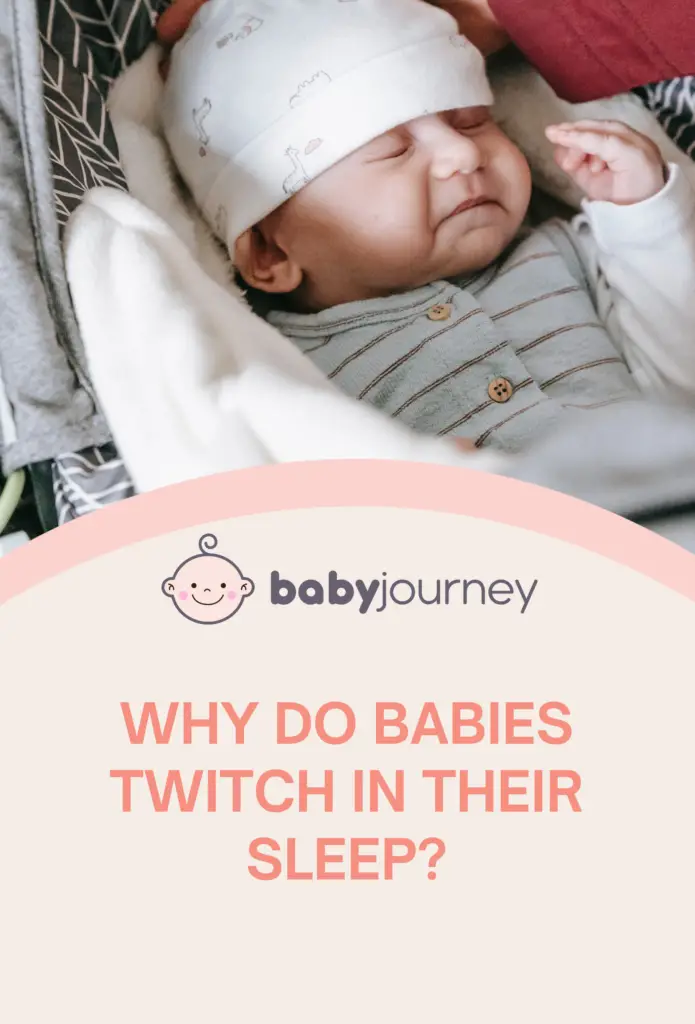

 PARENTING TIPS
PARENTING TIPS







 PREGNANCY
PREGNANCY








 BABY CARE
BABY CARE








 TODDLERS
TODDLERS








 TEENS
TEENS



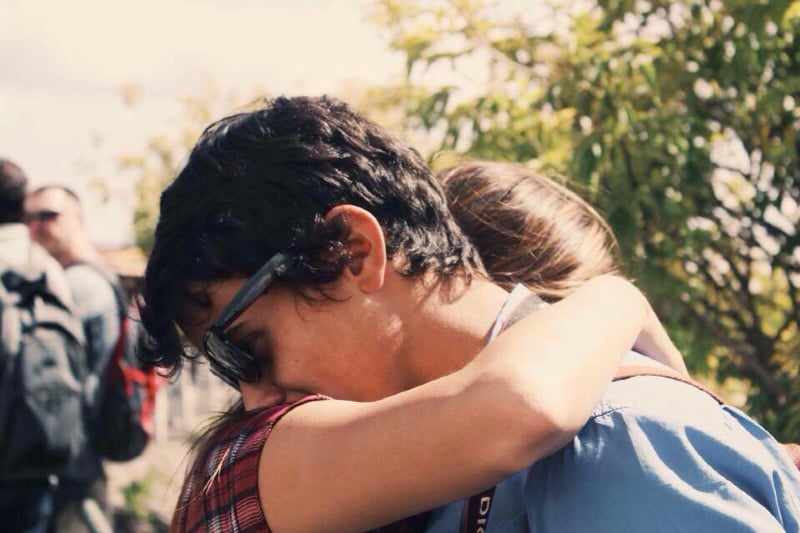




 HEALTH CARE
HEALTH CARE

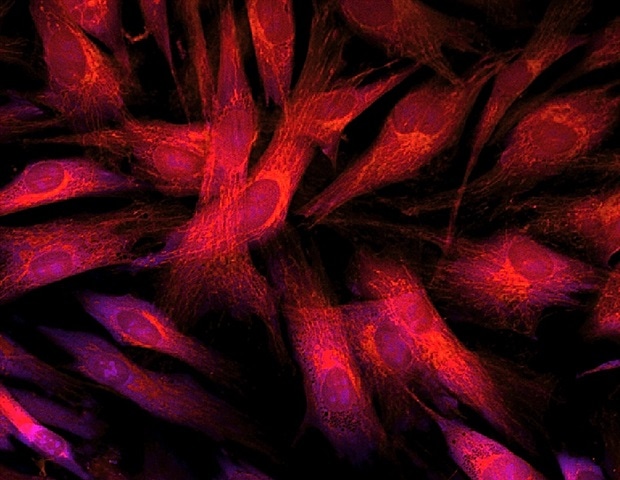



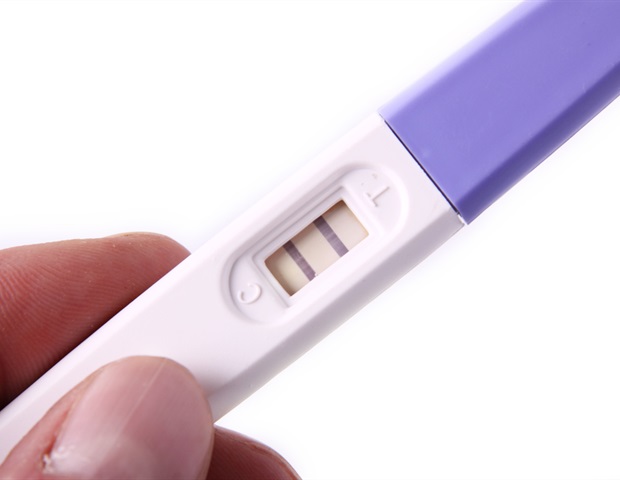


 ACTIVITIES & CRAFTS
ACTIVITIES & CRAFTS








 CONTACT
CONTACT ABOUT
ABOUT

